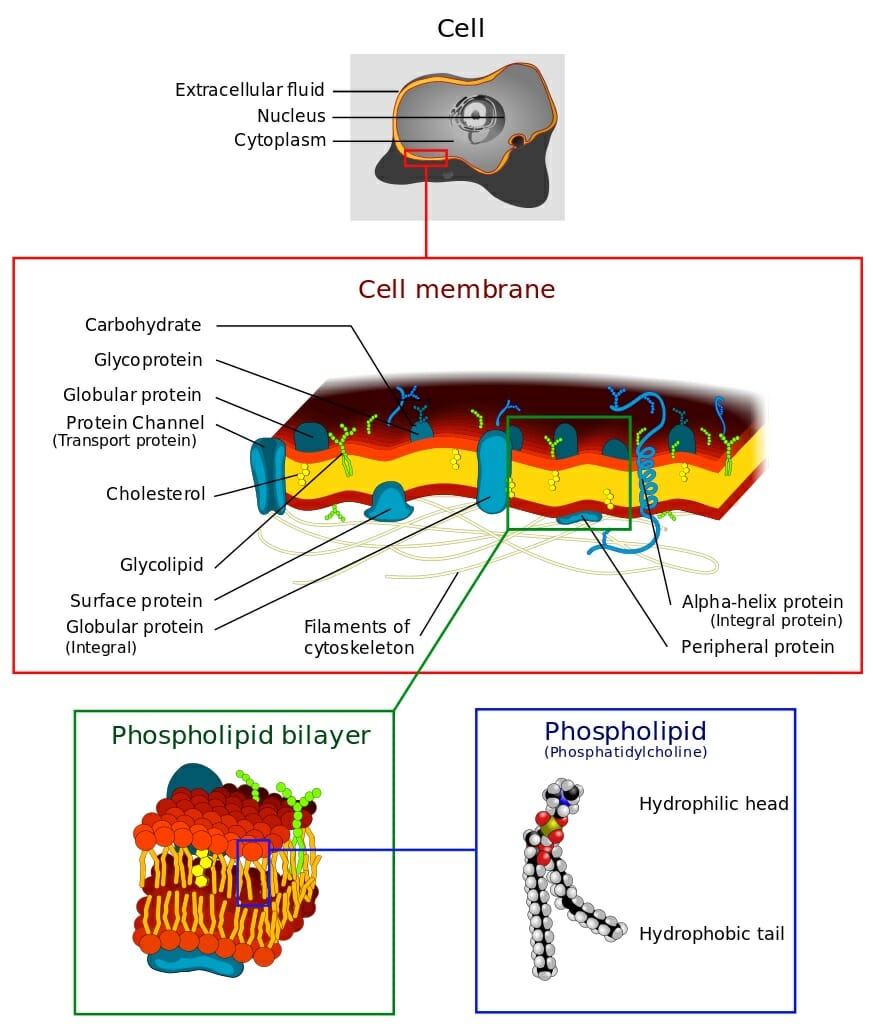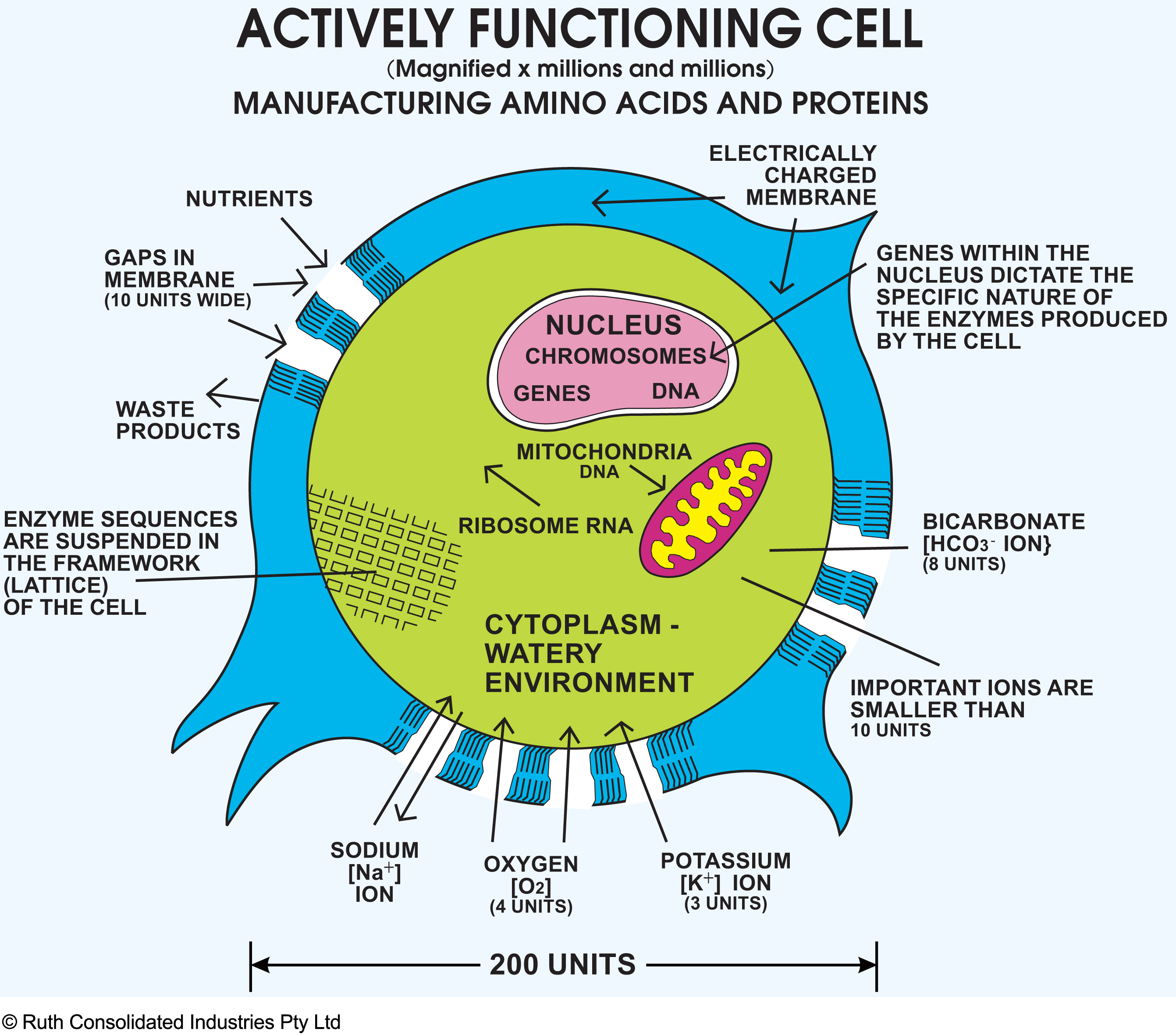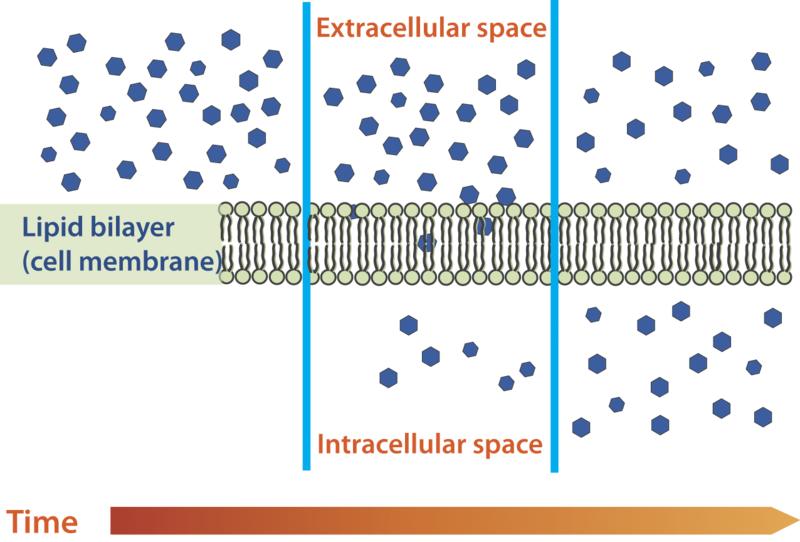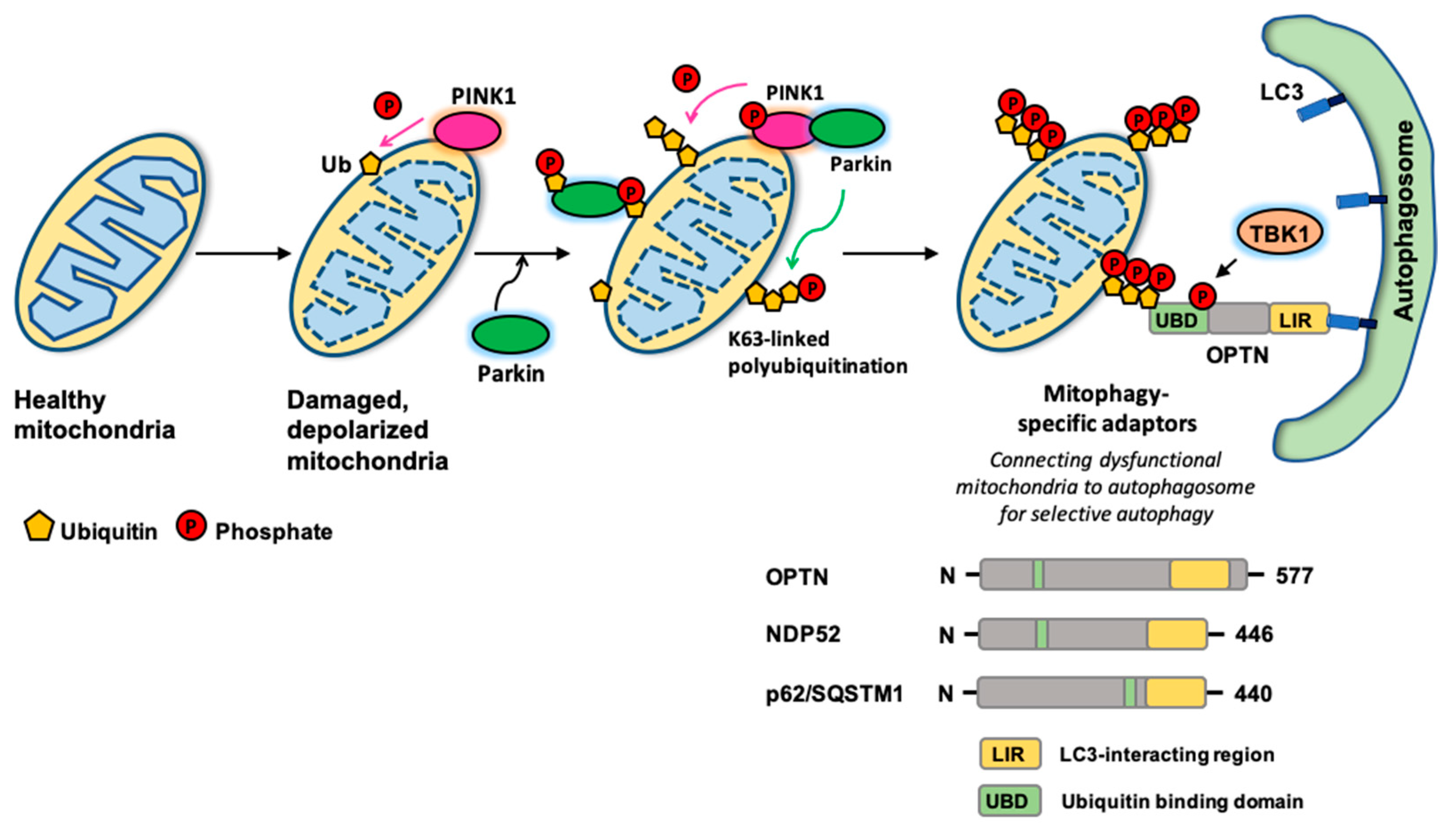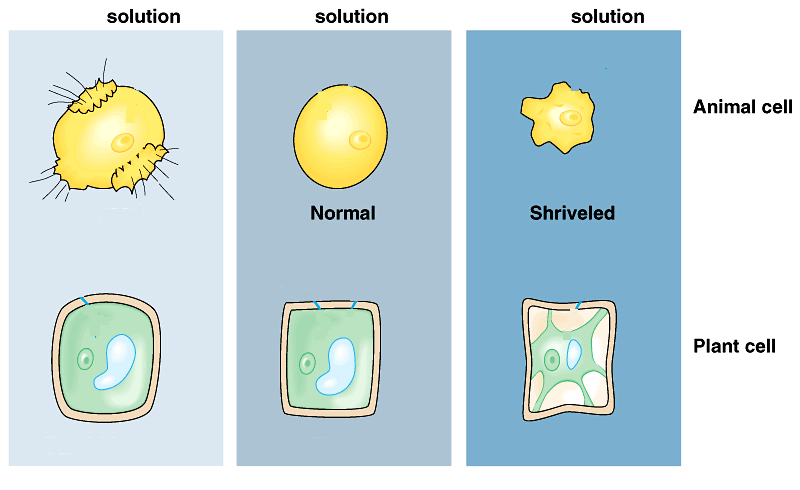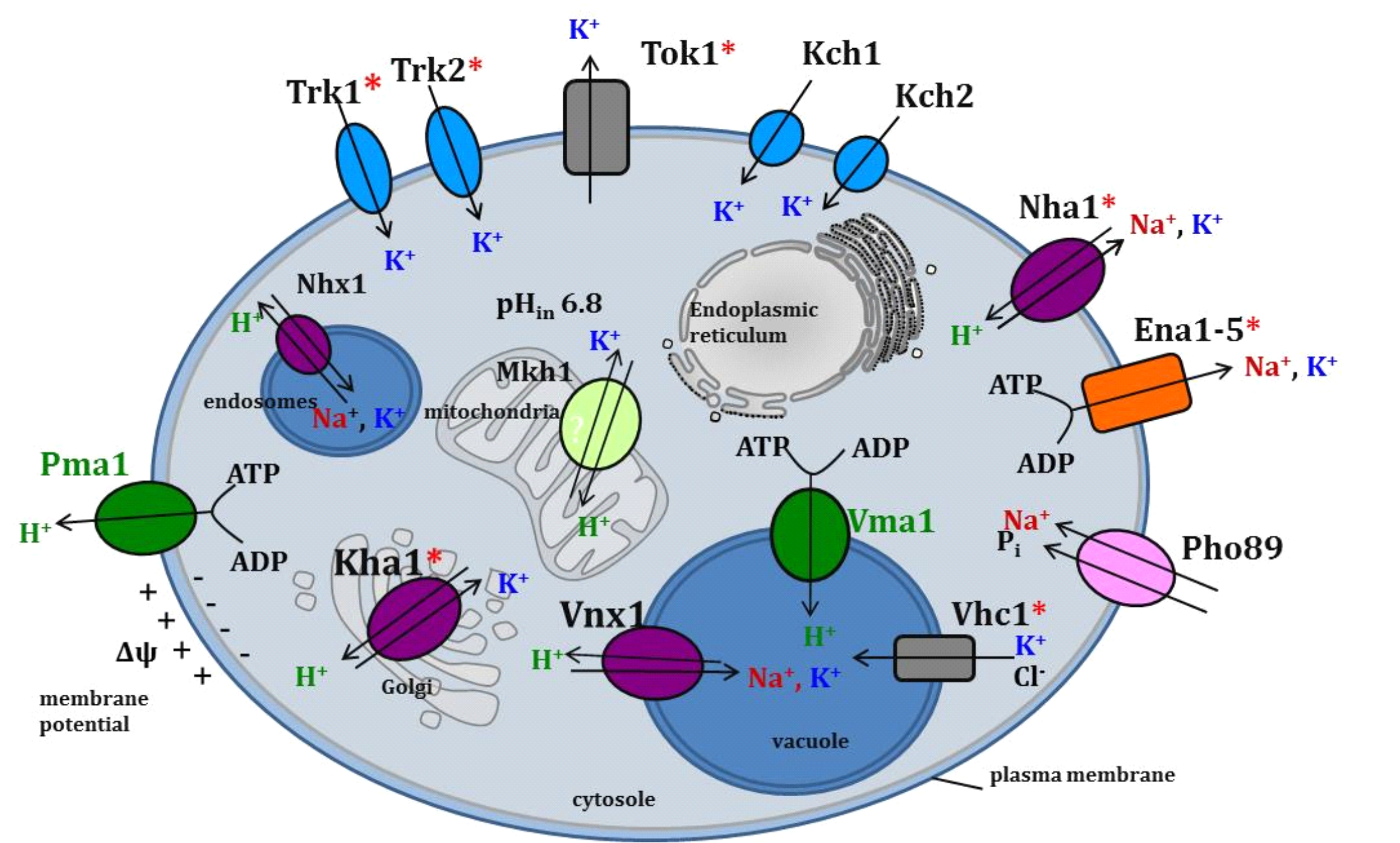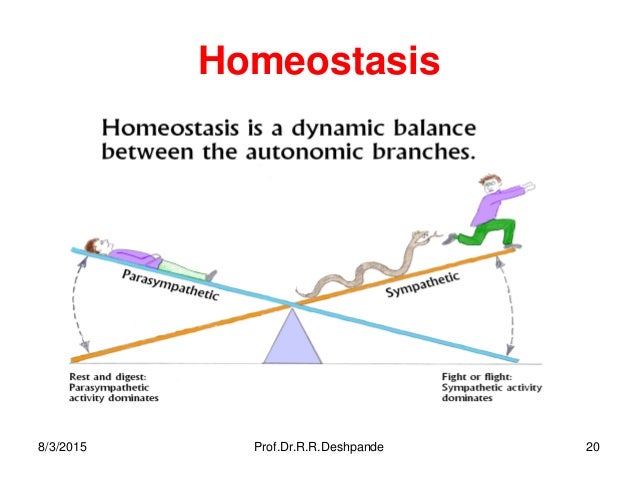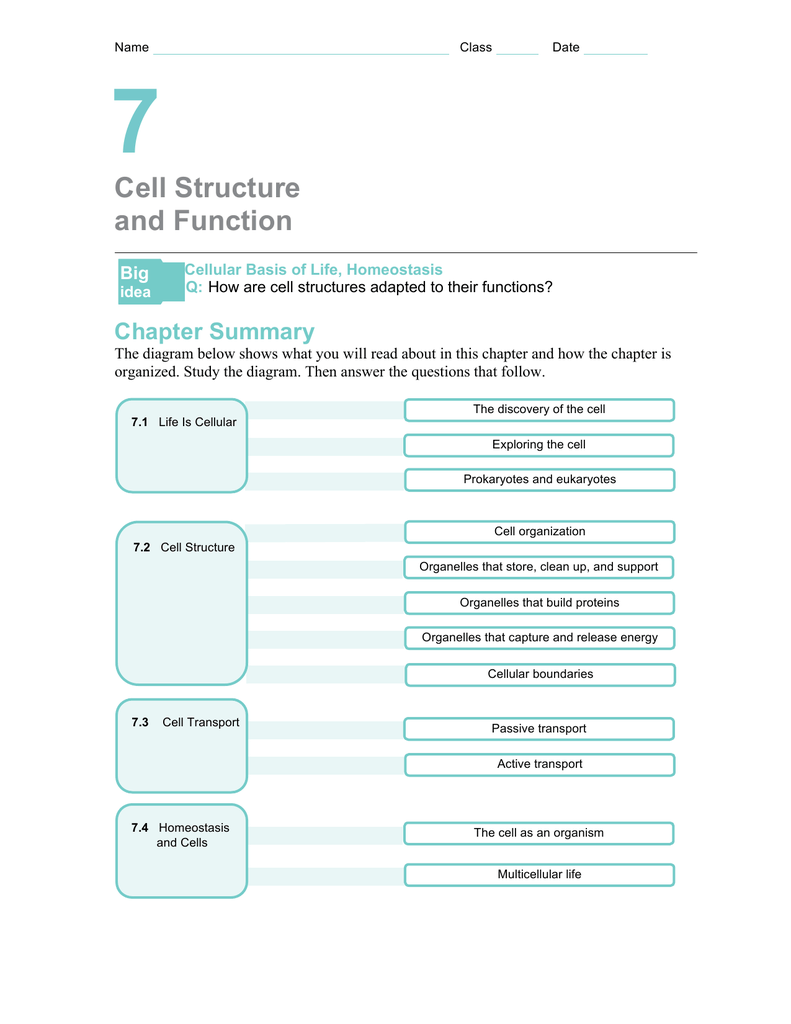Homeostasi Cell Diagram

Tissues organs organ systems.
Homeostasi cell diagram. The cell membrane is a lipid bilayer that prevents that passage of water and ions. Such equilibrium occurs when no net change is occurring. Homeostasis is regulated by negative feedback loops and much less frequently by positive feedback loops. Cellular homeostasis involves maintaining a balance of several factors that make a cell healthy.
Maintaining a fluid phospholipid structure. Add milk to the coffee and eventually when equilibrium is achieved there will be no net diffusion of milk in the coffee mug. This allows cells to maintain a higher concentration of sodium ions out the outside of the cell. Homeostasis is not the same as chemical or physical equilibrium.
The cell membrane assists in the maintenance of homeostasis by. The cell membrane helps the organism in its fight to maintain homeostasis. Tissues organs organ systems. Homeostasis is the activity of cells throughout the body to maintain the physiological state within a narrow range that is compatible with life.
The cells of multicellular organisms become specialized for particular tasks and communicate with one another to maintain homeostasis. Learn how organisms maintain homeostasis or a stable internal environment. Homeostasis relates to dynamic physiological processes that help us maintain an internal environment suitable for normal function. Specialized cells in multicellular organisms are organized into groups.
Body structure and homeostasis. A tissue is a group of similar cells that performs a particular function.
